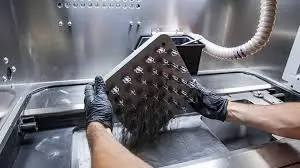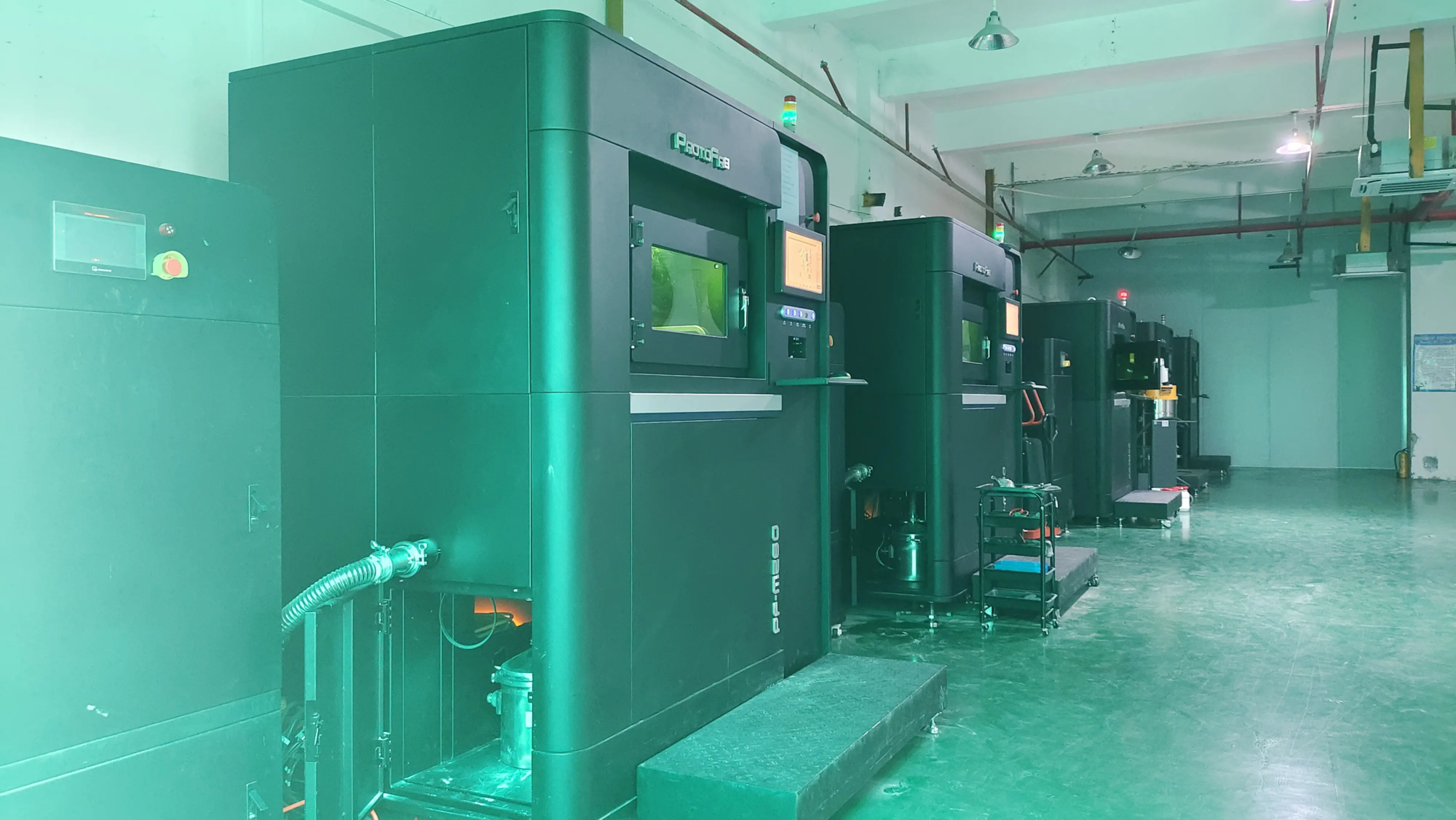Winter has arrived! 3D printed architecture has hit the pause button.
With just a plan, a computer and local materials, 10 houses can be built in a day.
This is the epitome of the meteoric development of 3D printing construction over the past decade, but today the industry is facing challenges. In the past, the Ministry of Housing and Urban and Rural Development released documents indicating that the number of workers was gradually decreasing, and we predicted that the “spring” of architectural 3D printing had finally arrived. However, this prediction is obviously not precise enough. In fact, the development path of 3D printed houses is still long.
Today, we take Mighty Buildings as an example to examine how architectural 3D printing has developed so far. As for why I chose it, the reason is simple: it’s pretty typical.
Founded in 2017 and based in California, USA, Mighty Buildings is an innovative construction company focused on using 3D printing technology to design and build high-quality, sustainable housing. The company’s vision is to reduce construction costs, improve construction efficiency, and address the global housing shortage through automation and advanced construction technologies. The company uses a patented material called “Light Stone”, which is a composite of sand and polymer and has high strength and good thermal insulation properties.
Mighty Buildings is committed to applying 3D printing technology to the construction industry, especially in the field of residential construction, to provide rapid construction solutions, reduce labor costs and improve performance environmental by reducing waste. Additionally, Mighty Buildings specializes in designing climate-resilient building solutions, such as earthquake-proof and energy-efficient homes.
In the eight years since its founding, Mighty Buildings has raised a total of $150 million in funding. Its growth history deeply reflects the model of using finance to promote development.
2018Mighty Buildings led a seed funding round, raising US$10 million. The funds were mainly used for preliminary research and development work, laying the foundation for its unique materials and 3D printing technology. 2019the company received US$20 million in Series A funding to further promote the development of its 3D printing technology.2020the company received $30 million in strategic funding led by Khosla Ventures to upgrade manufacturing equipment and expand production scale.
2021the company continued to receive $40 million in Series B funding from investors including Abies Ventures, as well as an additional $22 million in strategic funding. These funds accelerated the expansion of production scale and promoted market cooperation and project implementation. arrive2023Mighty Buildings successfully completed equity financing and raised approximately US$52 million, which strongly supported its future market expansion.
It can be seen that the rapid development of Mighty Buildings is closely related to its financing capabilities, and financing has become one of the key ways for the company to achieve development. However, as the company2024Stop getting funding, we’re in it2025Earlier this year we also learned that it was for sale.
As an innovative technology, the popularization and large-scale realization of 3D architectural printing is not only driven by market forces, but also supported by the government in terms of policy, financing and social responsibility. The government’s leadership allows this technology to better serve social and public interests, including playing an important role in solving housing shortages, promoting sustainable development and improving social well-being.
August 2020,Mighty Buildings has completed an approximately 65 square meter 3D printed accessory dwelling unit called “Mighty Duo B” in San Diego, California. The house is made up of two modular units and took eight weeks from manufacturing to on-site assembly.
October 2022,Mighty Buildings becomes the first net zero energy 3D printed home to be delivered, with the first home located in a 3D printed community in California. The project consists of 20 residences (40 3D printed units), each with an area of 109 square meters.
In addition, Mighty Buildings also cooperates with a number of developers and municipalities to develop new community projects. Most of these projects are linked to public benefits and aim to address urban housing shortages, low-income housing needs and promote sustainable construction. The government could provide land, infrastructure construction support, political guarantees and possible financial subsidies for the project to help reduce construction costs and ensure that the project can be commissioned in a short time. term.
To say that the fate of the Mighty Buildings is only an isolated phenomenon would obviously be an overgeneralization. In fact, two foreign companies face similar challenges. Founded in 2017, 3D printing construction giant ICON has raised more than $450 million in funding and is valued at nearly $2 billion in early 2022. On January 7, 2025, Icon announced the layoff of 114 employees , or more than 25% of the total number of employees. Its 3D printed building cases are also very similar to Mighty Buildings.
For example, in 2020, ICON delivered 3D printed homes to Mexico with the nonprofit New Story and partnered with Mobile Loaves & Fishes to build homes for the chronically homeless in Austin, USA. Texas. In addition, the world’s largest 3D printing community, a project containing 100 houses, was also carried out by ICON.
Diamond Age, another Arizona-based 3D printing construction company, has partnered with leading home builder Century Communities, and the first “3D printed homes” built using its technology have been sold to Casa Big, Arizona. However, Diamond Age is now in the process of liquidating assets, including industrial-grade 3D printers, construction automation equipment, CNC machine tools and other equipment up for auction.
Furthermore, not only are foreign companies facing difficulties, but a domestic construction 3D printing company is also facing similar problems. According to Qichacha, the company was even listed as breach of trust by the Guangzhou Tianhe District People’s Court in April 2024.
Finally, thinking back to the development of architectural 3D printing, to achieve healthy development, companies must be self-profitable. In short, 3D printed houses can only achieve truly sustainable development when they are cheaper and of higher quality. Currently, 3D printing construction is still in the informal commercialization stage that relies on subsidies. We must therefore accept that this path must still be traveled slowly.





